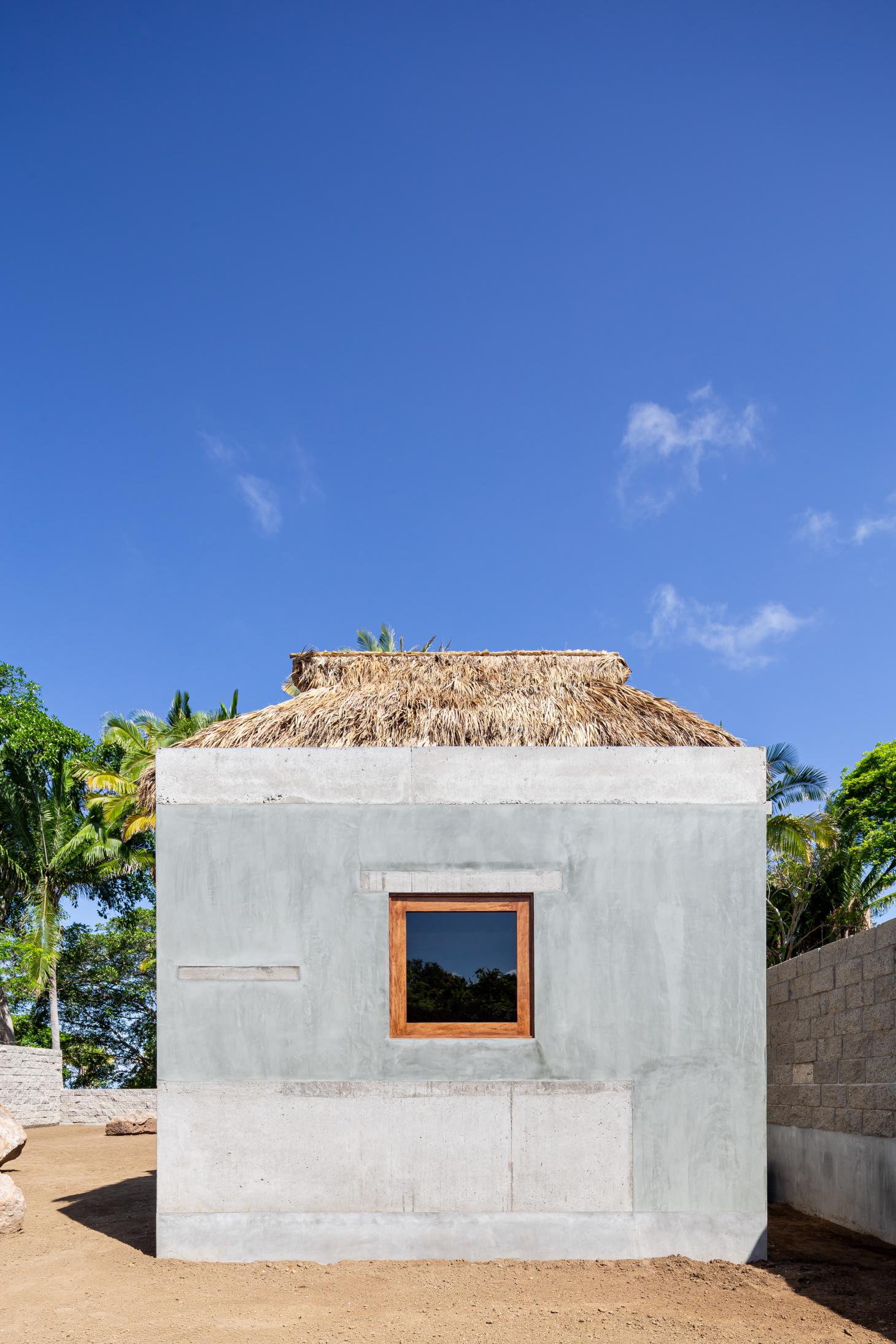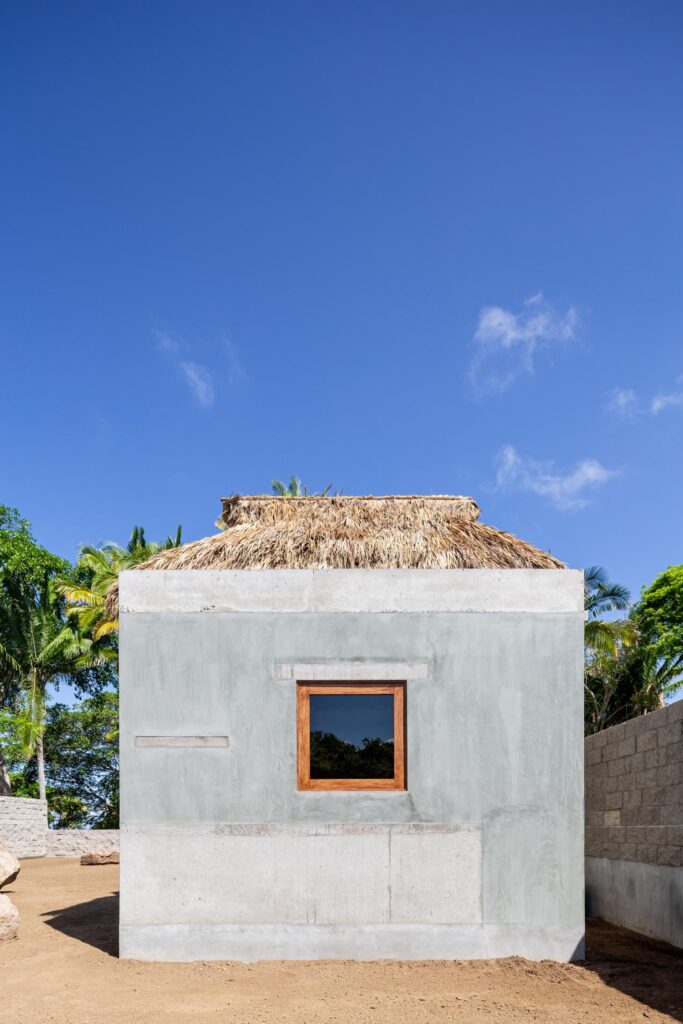Often, planning an escape is all about keeping things simple; winding down in minimalist surroundings, living with the bare necessities and focusing on relaxation, close to nature. The owners of this cabin on the Mexican Pacific coast – a retired couple from Las Vegas – had in mind just that, when they approached Mexico City-and Sayulita-based architecture studio Palma to help them create their ideal getaway. The result is a beautiful and cost-effective vacation home in the small, seaside town of Litibu.
While budgetary constrains did play a role in the decision making, designing for spatial efficiency was a key conceptual element too. ‘It was important to keep the built surface area very compact and functional,’ write the young practice’s four principals, Ilse Cárdenas, Regina De Hoyos, Diego Escamilla and Juan Luis Rivera. In order to achieve this, the team drew inspiration from the local vernacular.
‘The design looks to traditional tropical architecture in Mexico,’ says Escamilla. ‘Palapas [a typically open structure with a thatched roof made of dried palm leaves] are used in the living spaces, and are incorporated into a formally contemporary building. We used pigmented stucco to allow the walls to breathe in a climate where paint starts to peel off within the year from humidity. We decided to highlight certain structural or functional elements on the facade such as lintels and shelves.’

Following this approach, concrete, brick, lyme based stucco, wood and palm leaves were chosen as the main materials, effortlessly blending tradition and modernity. But the project didn’t come without its challenges. ‘The remoteness of the site, and the tight budget, restricted decisions considerably,’ explains Escamilla. ‘No power or water at the time of construction meant staying under budget would be difficult. The full project was done remotely which meant the decision making process and communication was a significant obstacle to overcome.’
The building, a 50 sq m orthogonal bungalow, is separated into two wings. An open courtyard at the centre is partially sheltered by a concrete roof punctured by a large, round opening. Each of the covered spaces at the two opposite ends of the volume houses a separate function – one contains the bedroom and bathroom, and the other an open plan living space. The layout’s simplicity echoes the owners’ desire for a pared down way of life.
Despite adverse conditions, limited budget and small scale, there is architectural richness in this design. Exploring traditional building techniques and incorporating them into a ‘contemporary, context-driven design,’ Palma has created a truly idyllic retreat; the perfect base to take in the beauty of the Mexican Pacific Coast. §





